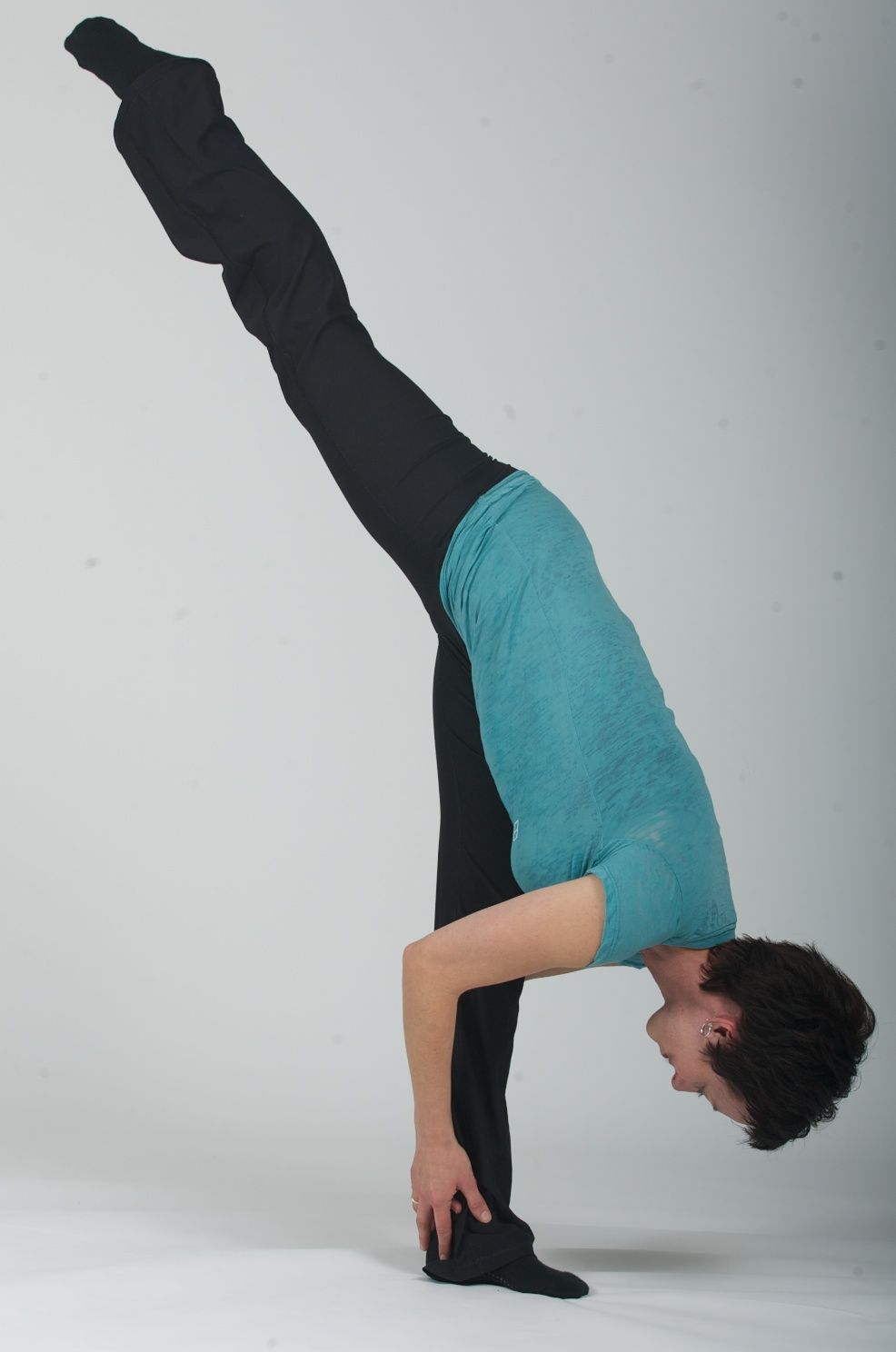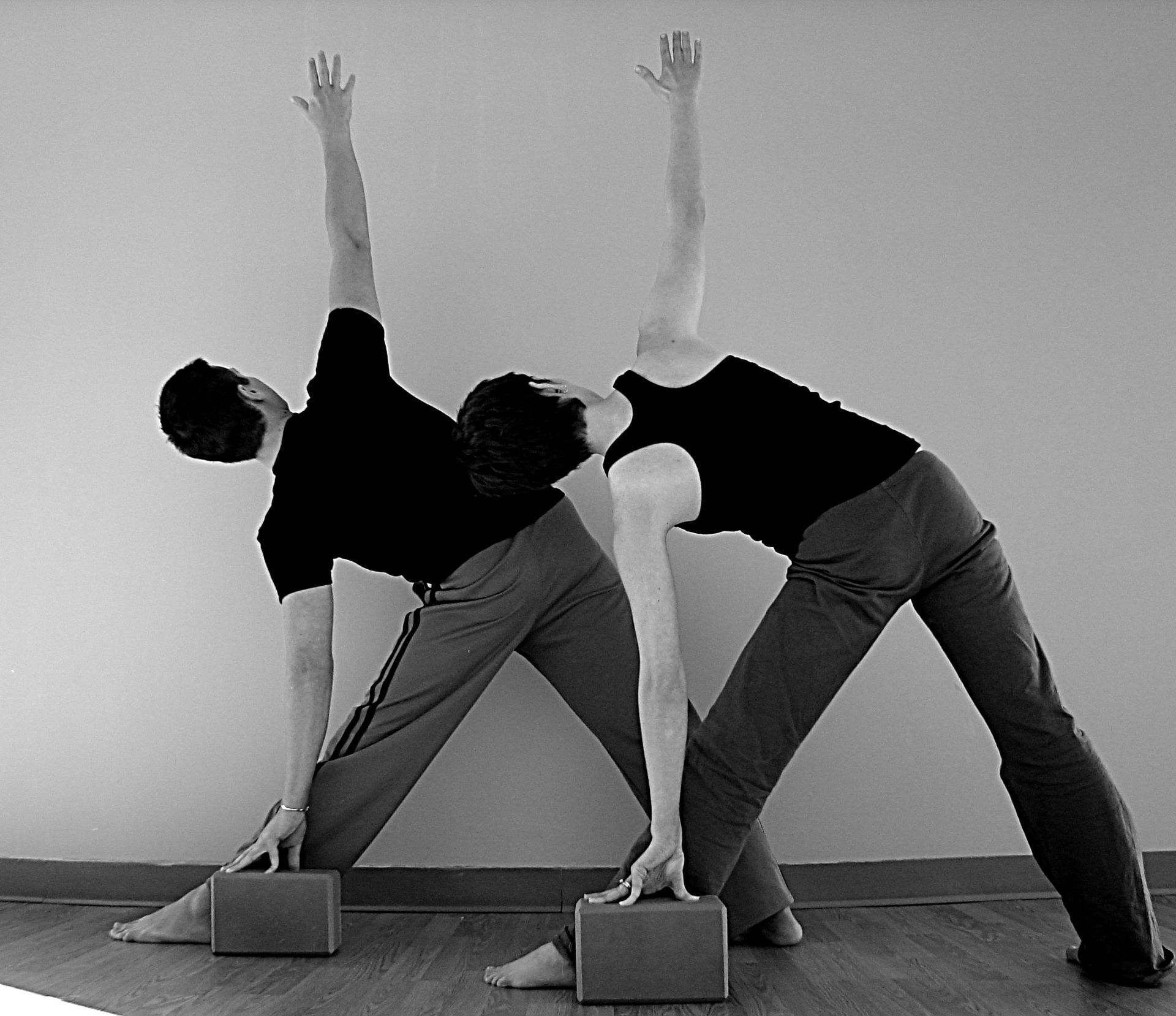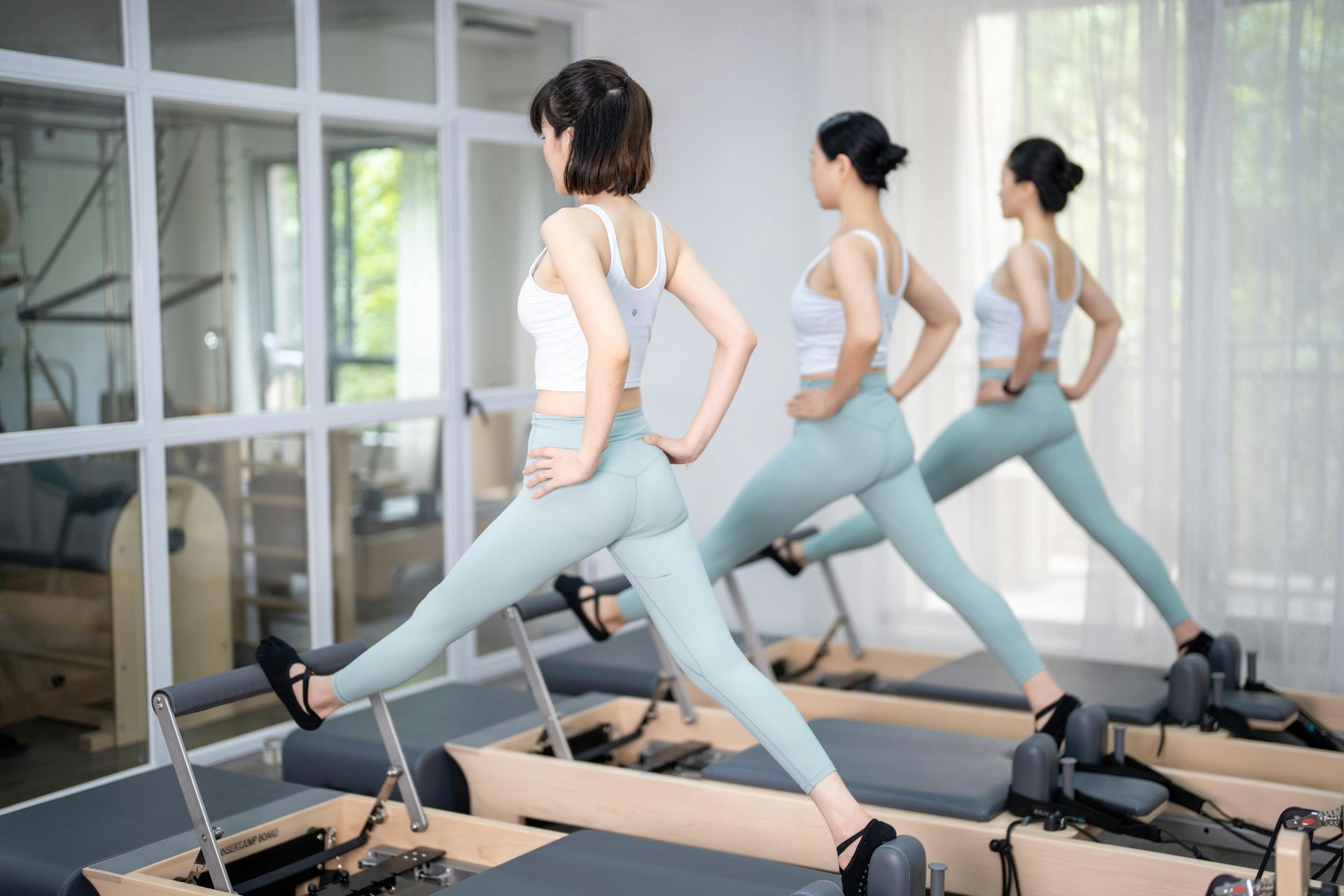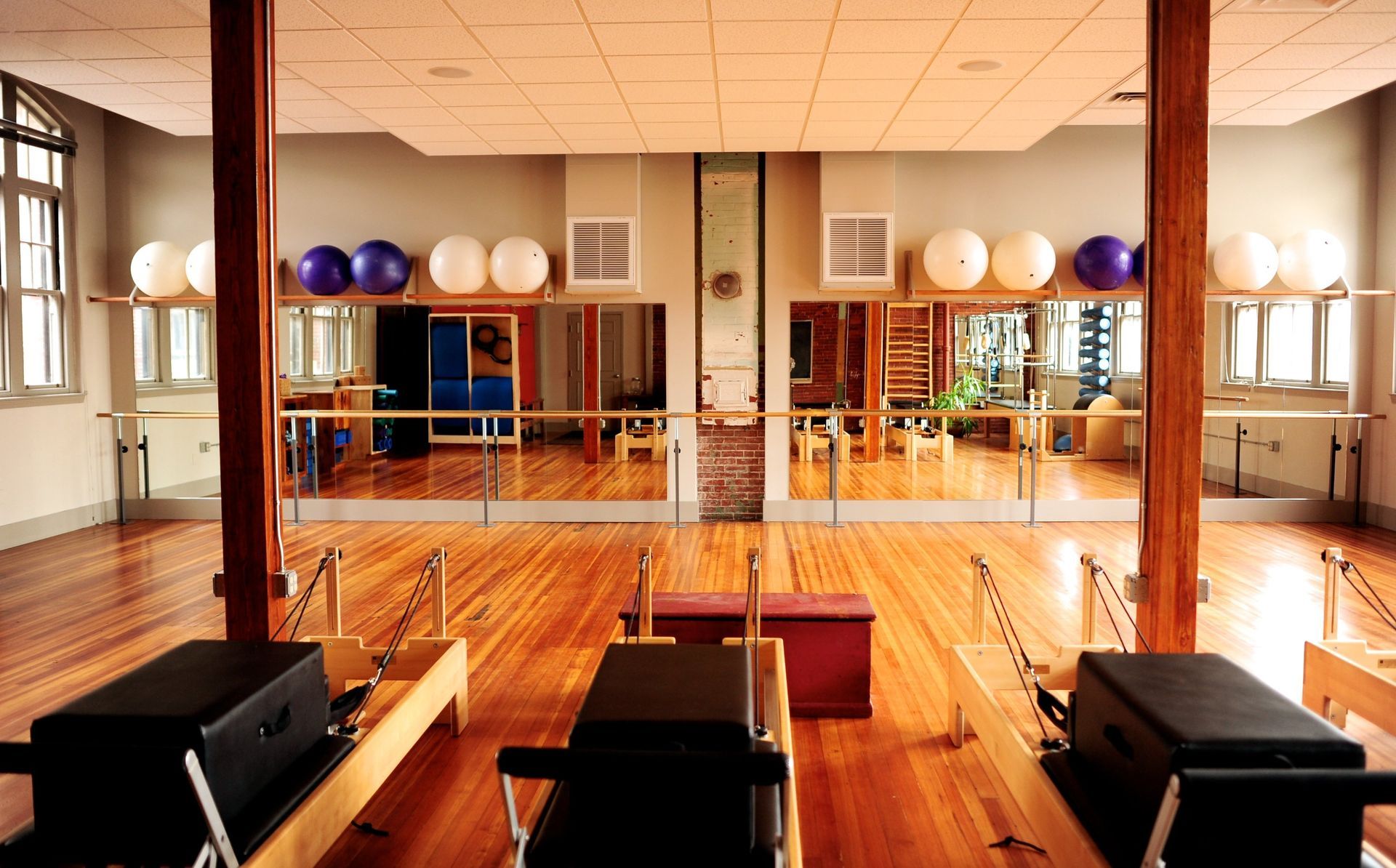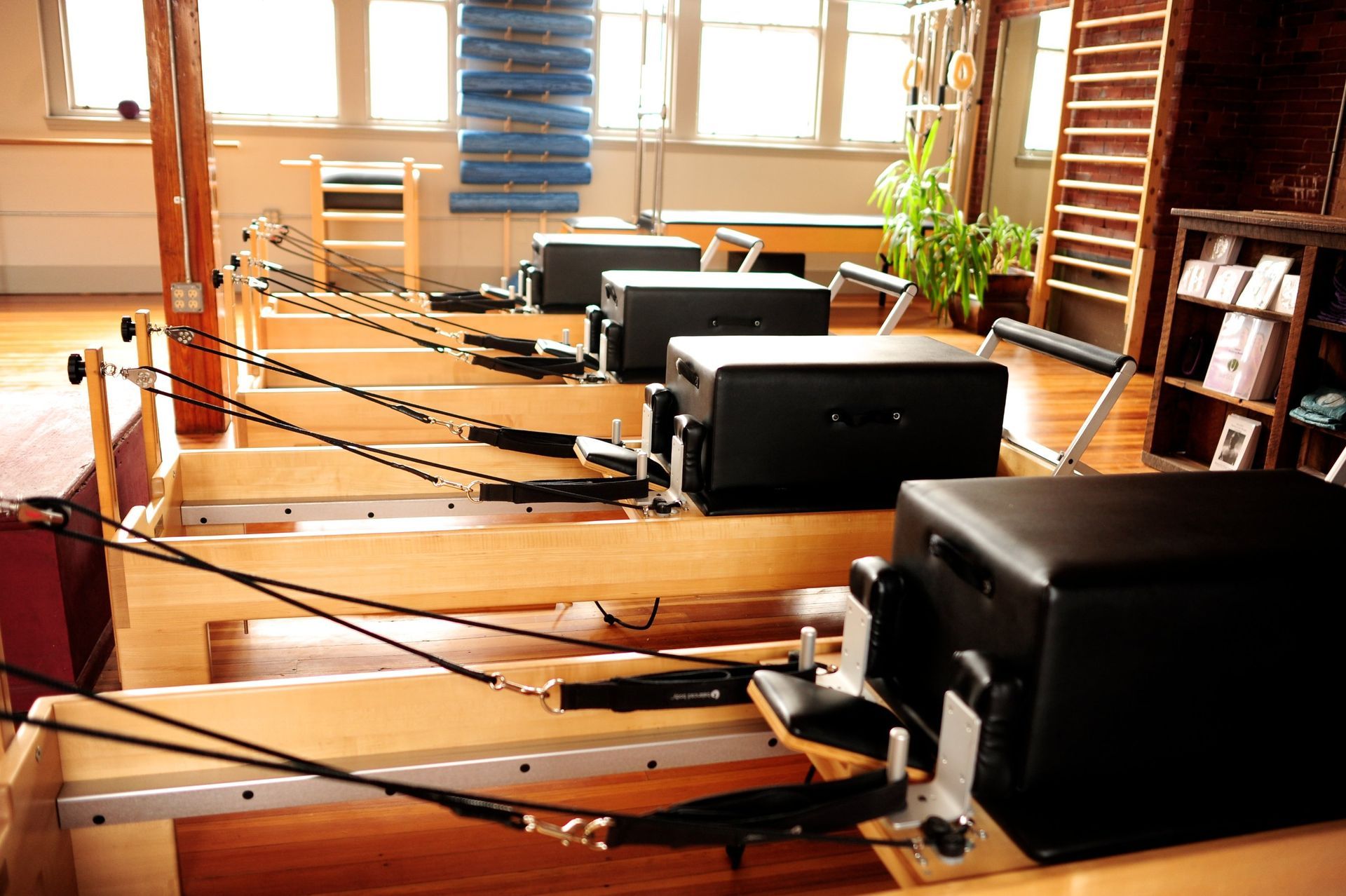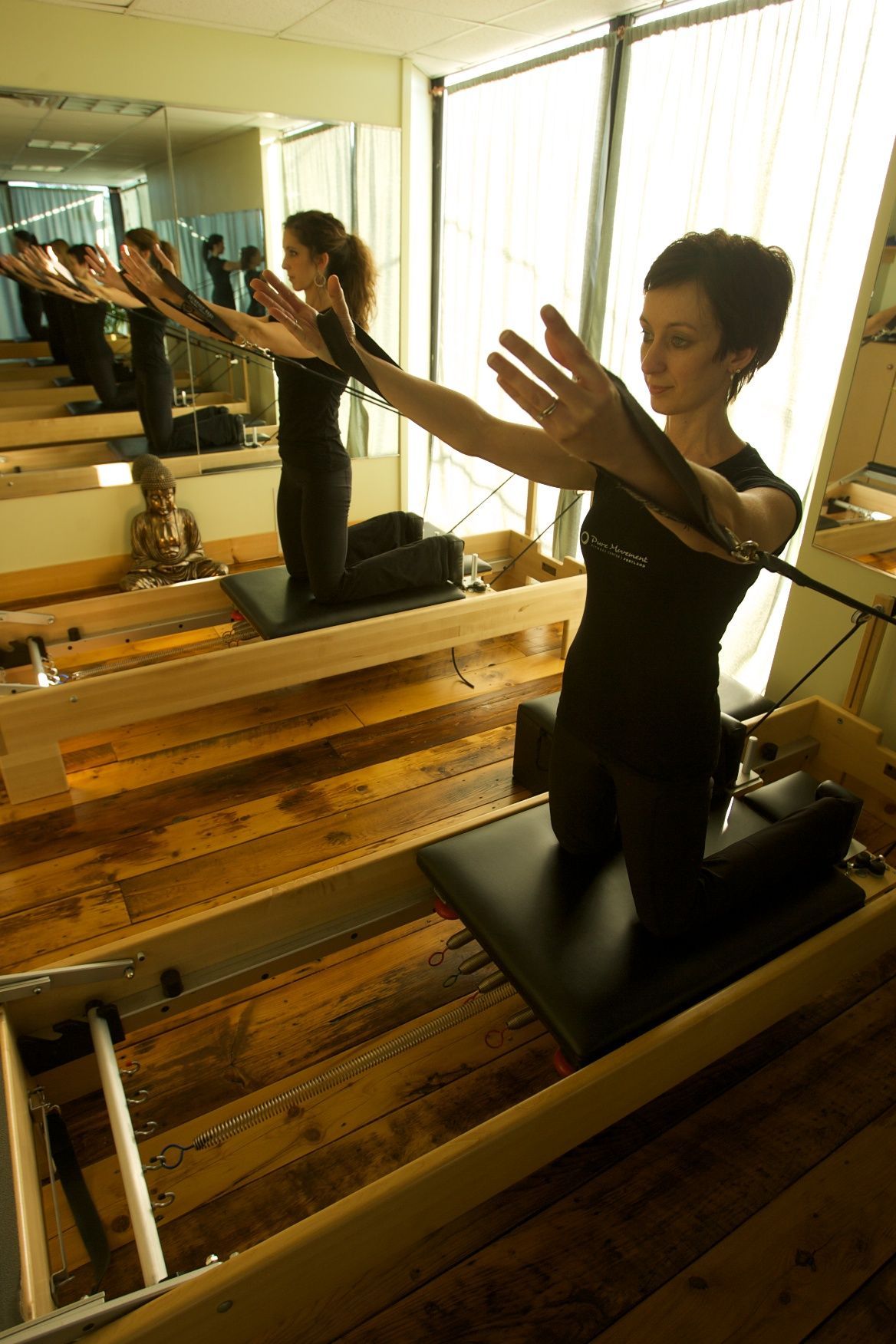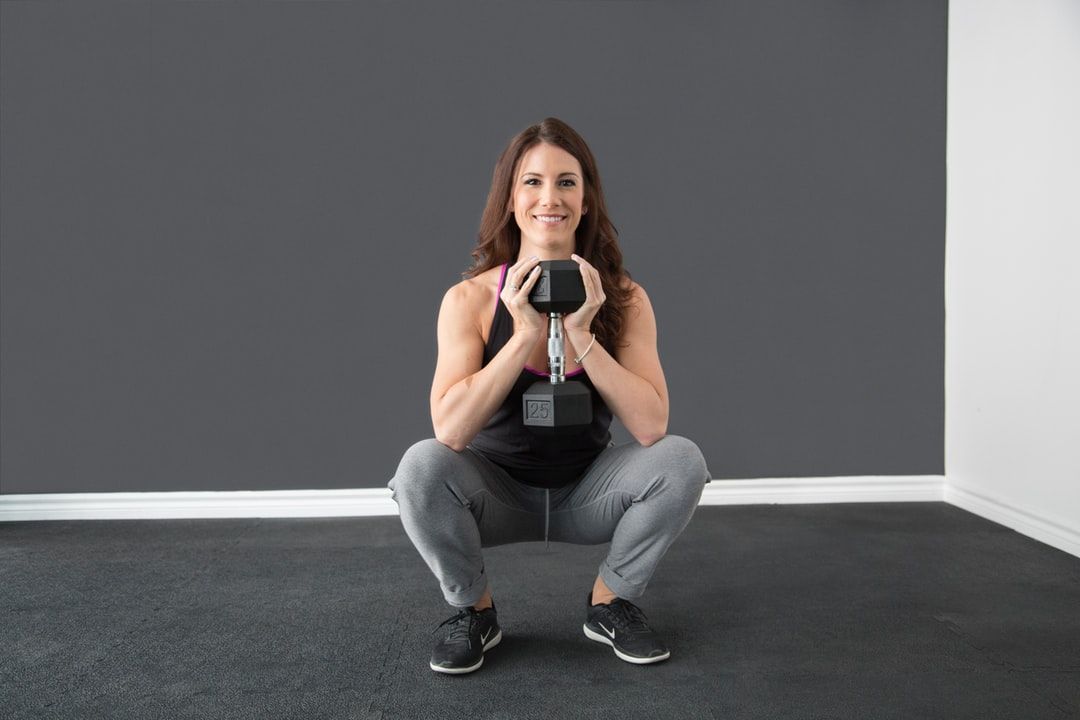Teaching VS Instructing
Why the Difference Matters More Than You Think
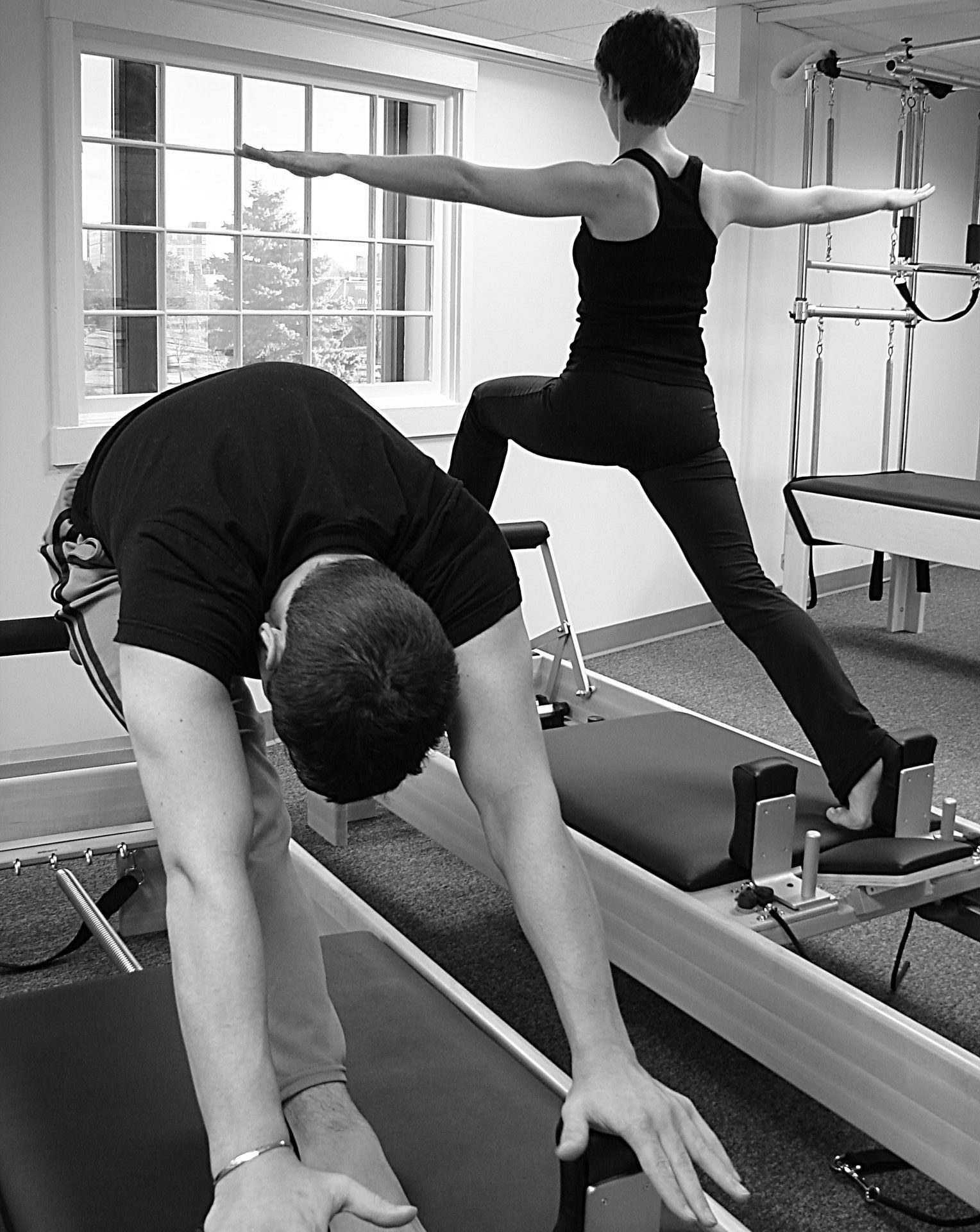
Walk into any movement class—Barre, Pilates, Yoga, Spin, Strength—and you’re likely to encounter a range of leadership styles. Some instructors shout out reps and count down transitions. Others quietly guide form, layer in anatomy, and somehow know exactly where your hip should be even before you do. These are two ends of a spectrum: instructing and teaching. And while both are valuable, the difference between them has a real impact on how students move, improve, and stick with movement long term.
I’ve spent over two decades in the fitness world, and I’ll be the first to admit that I’ve played both roles. There have been days I’ve walked out of class and thought, “Well, that could have been better.” And every single time I’ve felt that way, it’s because I shifted too far into instructing—calling out moves and switching it up—rather than actually teaching the why, the how, and the form behind it.
Let’s dig into the difference, not just by feel, but from its very roots—dictionary definitions and all.
Dictionary Definitions
- Instruct (verb): to direct or command someone to do something; to give detailed information on how something should be done.
- Teach (verb): to impart knowledge; to cause someone to learn by example, experience, or explanation.
There it is: instruction is about action, and teaching is about understanding. One delivers; the other develops. And both, at different times and for different people, serve a purpose.
What Instruction Looks Like in Fitness
Instruction is often loud, energetic, and efficient. It’s the go-go-go of movement. Think:
- “Step touch, right, left!”
- “Hold it for 8, 7, 6…”
- “Change to plié pulses, now go!”
This style is often seen in group classes with fast-paced transitions or in settings where time is limited. It's not always about teaching you something new—it’s about getting you moving. And in a world where many people spend most of their day sitting at desks or in cars, that’s not a bad thing.
In fact, for someone who doesn't move a lot throughout their day, this kind of instruction can be the perfect entry point. The barrier to entry is low. They don’t have to overthink. They can just show up, follow along, and walk out feeling sweaty and successful. For many, just getting their ass to class is the biggest win.
Instruction offers clarity. It offers confidence through repetition. And for people who want to feel their body but maybe not engage deeply with every joint, muscle, or mental cue—it’s ideal. The mind-body connection might not fully activate, but the body does move. And that’s always better than not moving at all.
What Teaching Looks Like in Fitness
Now let’s talk about teaching. Teaching takes longer. It requires observation, feedback, and often, a bit of trial and error. It’s not always flashy. Sometimes it's slow. But it is rich with depth and intention.
Teaching sounds like:
- “Notice how your right hip is higher than the left—can you bring it level?”
- “Instead of gripping in your lower back, can you think about lifting from the low abdominals?”
- “You might feel this more if you slow it down and stop using momentum.”
Teaching invites the student into the experience. It doesn't just demand action—it asks for awareness. And when a client understands why they’re doing something, or how to do it better, they not only gain physical strength—they gain ownership.
Teaching is especially valuable for people who already move. The runners, the cyclists, the tennis players, the dancers—people who already have a connection to their body. For them, movement isn’t the challenge. The challenge is often in unlearning habits that may be limiting or even harmful over time.
For these clients, instruction without teaching can leave them plateaued. They’ll keep moving, yes, but possibly in the same patterns that have held them back for years. Teaching helps them level up. It calls them out—kindly—on the ways they’re cheating themselves. And it gives them the tools and the confidence to change that.
The Best (and Worst) of Each
Instruction at Its Best:
- Keeps energy high
- Lowers mental load for new movers
- Delivers quick wins
- Builds momentum
- Offers structure and routine
Instruction at Its Worst:
- Misses form cues that prevent injury
- Skims over important alignment details
- Leaves some students feeling unseen or confused
- Creates plateaus in progress
- Treats all bodies like they move the same
Teaching at Its Best:
- Builds long-term understanding and independence
- Prevents injury by refining form
- Honors individuality and adapts to different bodies
- Challenges the experienced mover
- Deepens the mind-body connection
Teaching at Its Worst:
- Can be slow or overwhelming for beginners
- Risks over-coaching and stopping momentum
- May frustrate students who just want to sweat
- Requires more attention and responsiveness from the teacher
- Can feel “less fun” if not balanced with dynamic flow
My Personal Approach: Teaching First, Always
I teach. That’s what I do. Even when I’m moving fast or leading a high-energy class, I’m still watching, queuing, and thinking “what are they missing, and how can I help them feel it better?”
Because every class I’ve ever walked out of feeling “off” has had one thing in common: I got too caught up in being clever. I wanted to mix it up, change the choreography, keep it fresh—and in doing that, I lost connection to the form and intention. I fell into instructing. And that’s when I know I’ve let myself (and my clients) down.
Clever doesn’t always mean better. Teaching does.
And here’s the thing: the class where someone finally feels their glute fire correctly in Fold Over, or stops overusing their hip flexors during core work, or learns that their back shouldn’t hurt during ab curls—that’s the class they’ll never forget. That’s what makes it stick. That’s the kind of teaching I strive for.
So Which Is Better?
It depends on the client. It depends on the day. It even depends on the season of life someone is in.
- For someone brand new to movement? Instruction may be the safest and most motivating entry point. They need clarity, simplicity, repetition.
- For someone who’s burned out from high-impact sports or rehabbing from injury? Teaching offers a way back in—safely, sustainably, and with insight.
- For someone who’s moved their body a million ways but still doesn’t feel connected to it? Teaching might finally light that spark.
- And for someone who just wants to feel something and not think too much? Instruction could be the perfect mental break.
Teaching and instructing are not enemies. They’re partners. They can coexist, and often, the best classes weave both together seamlessly.
But personally? I’m always going to lead with teaching. Because it lasts longer. It empowers. And it ensures that when you walk out of my class, you not only moved—you learned something about your body.
Whether you’re a teacher, an instructor, or a student reading this: start paying attention to what’s happening in the room. Are you just doing? Or are you understanding? Both are valid—but when you know the difference, you start to see your movement, and your progress, in a whole new light.
Keep moving. Keep learning. You got this.
Interested in teaching? Check out BarSculpt Certifications online!


